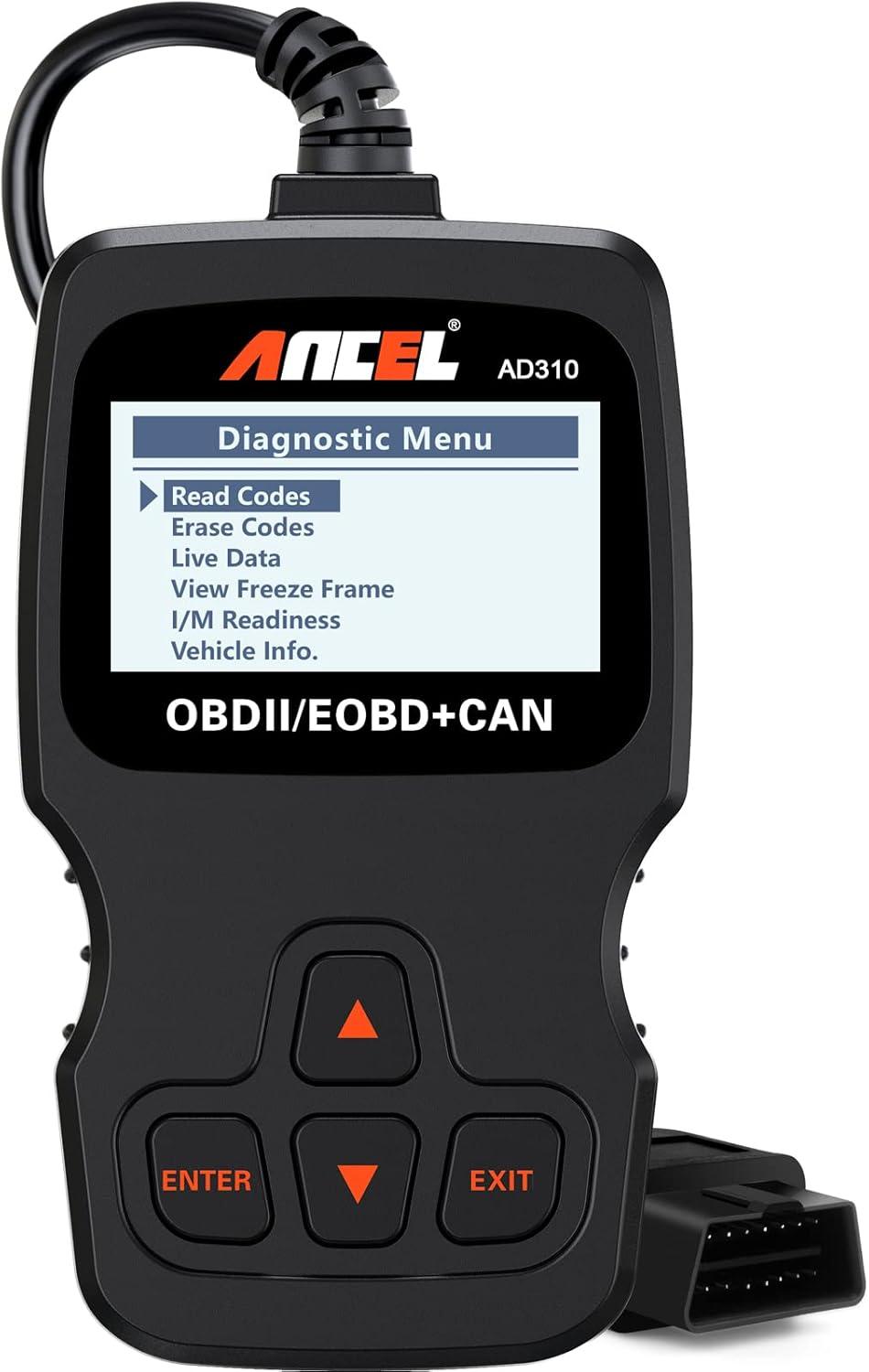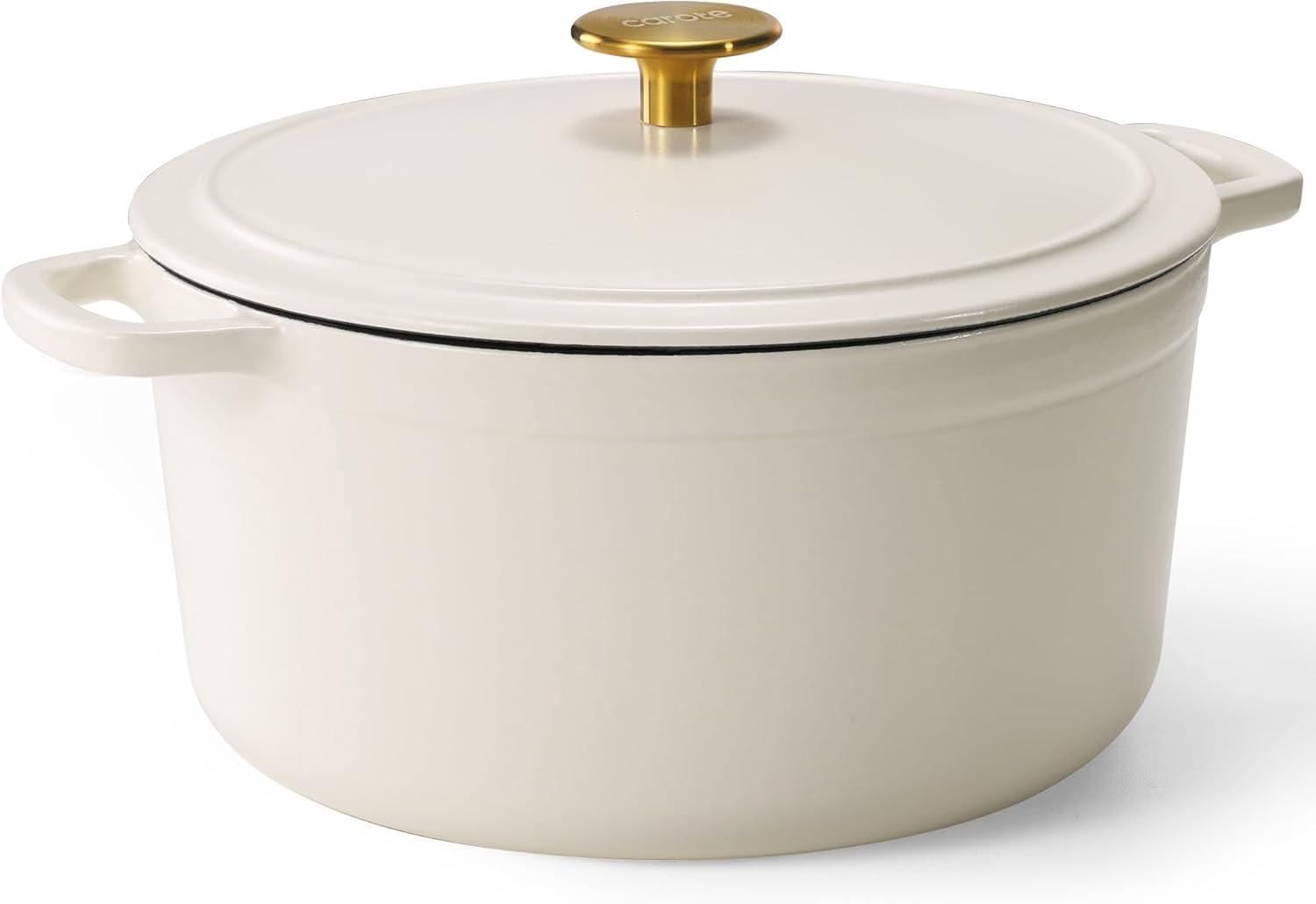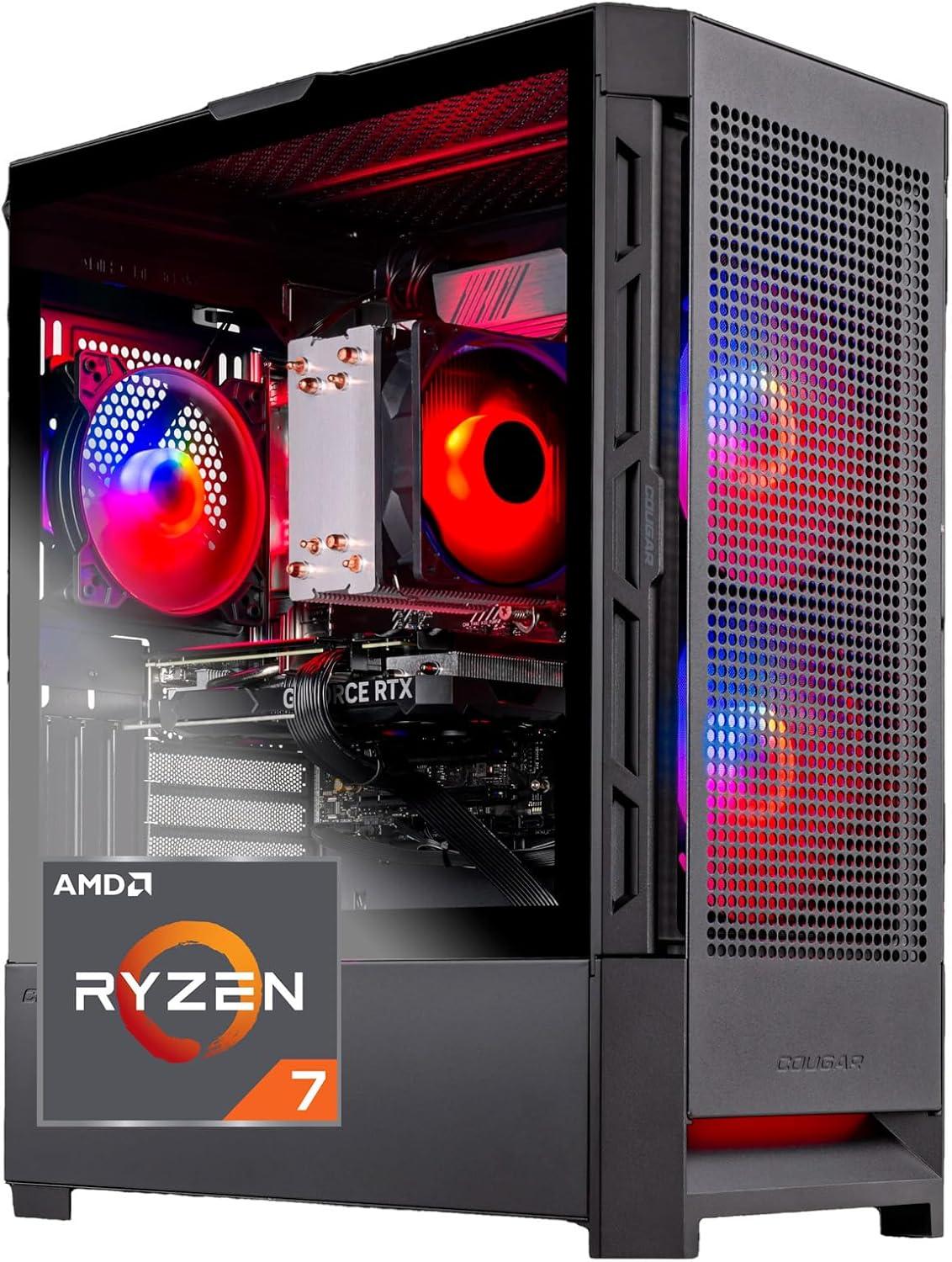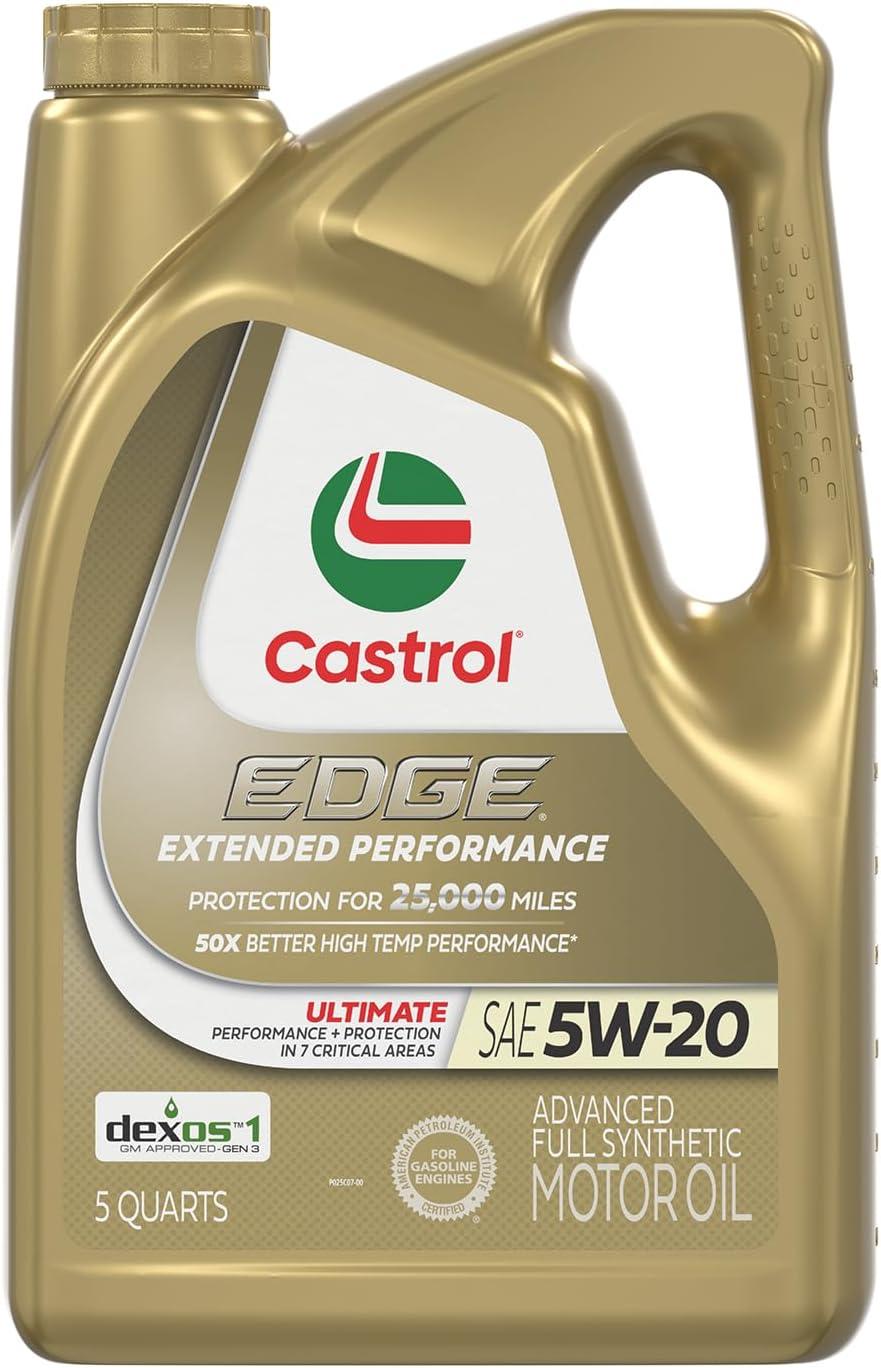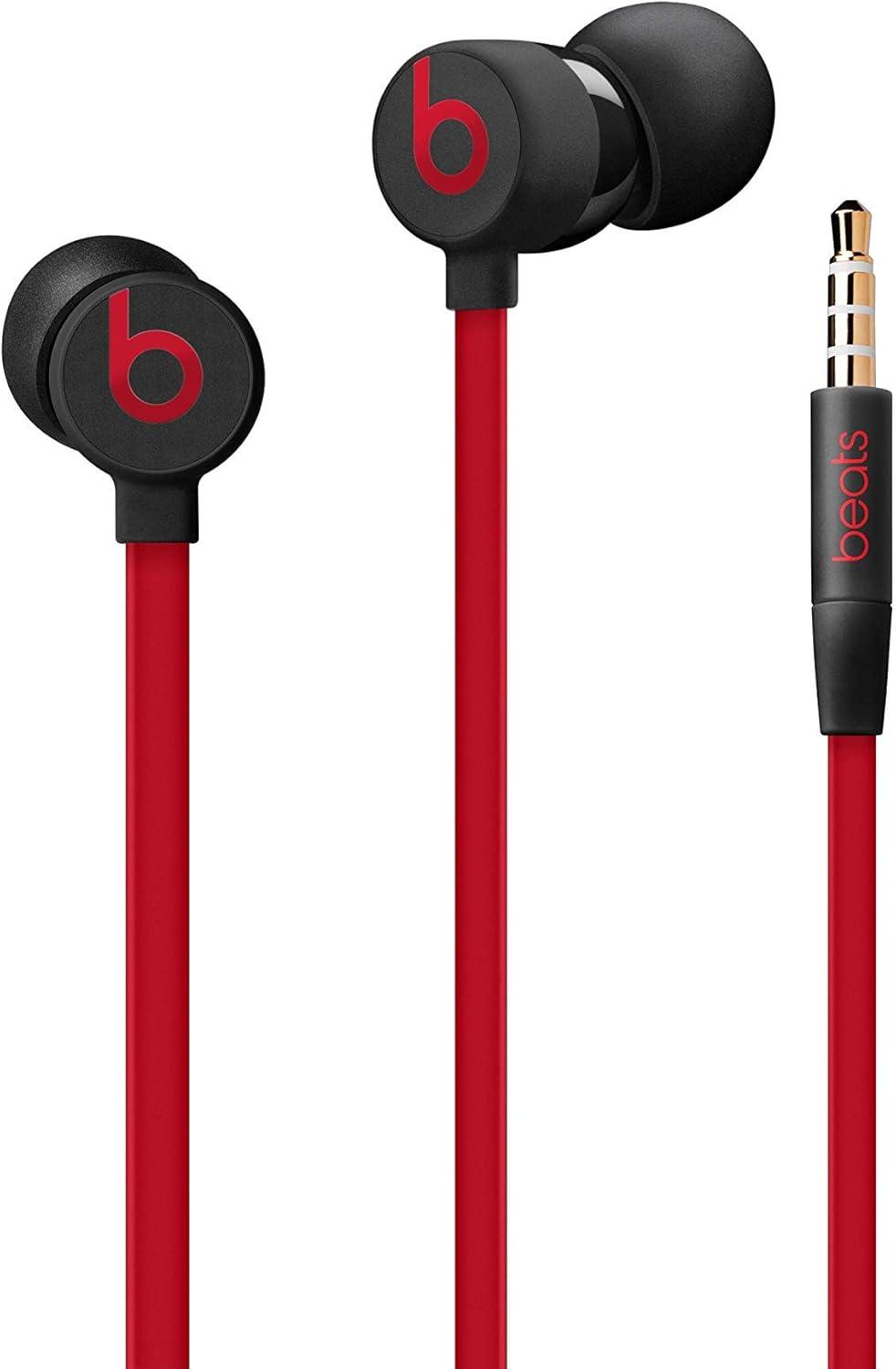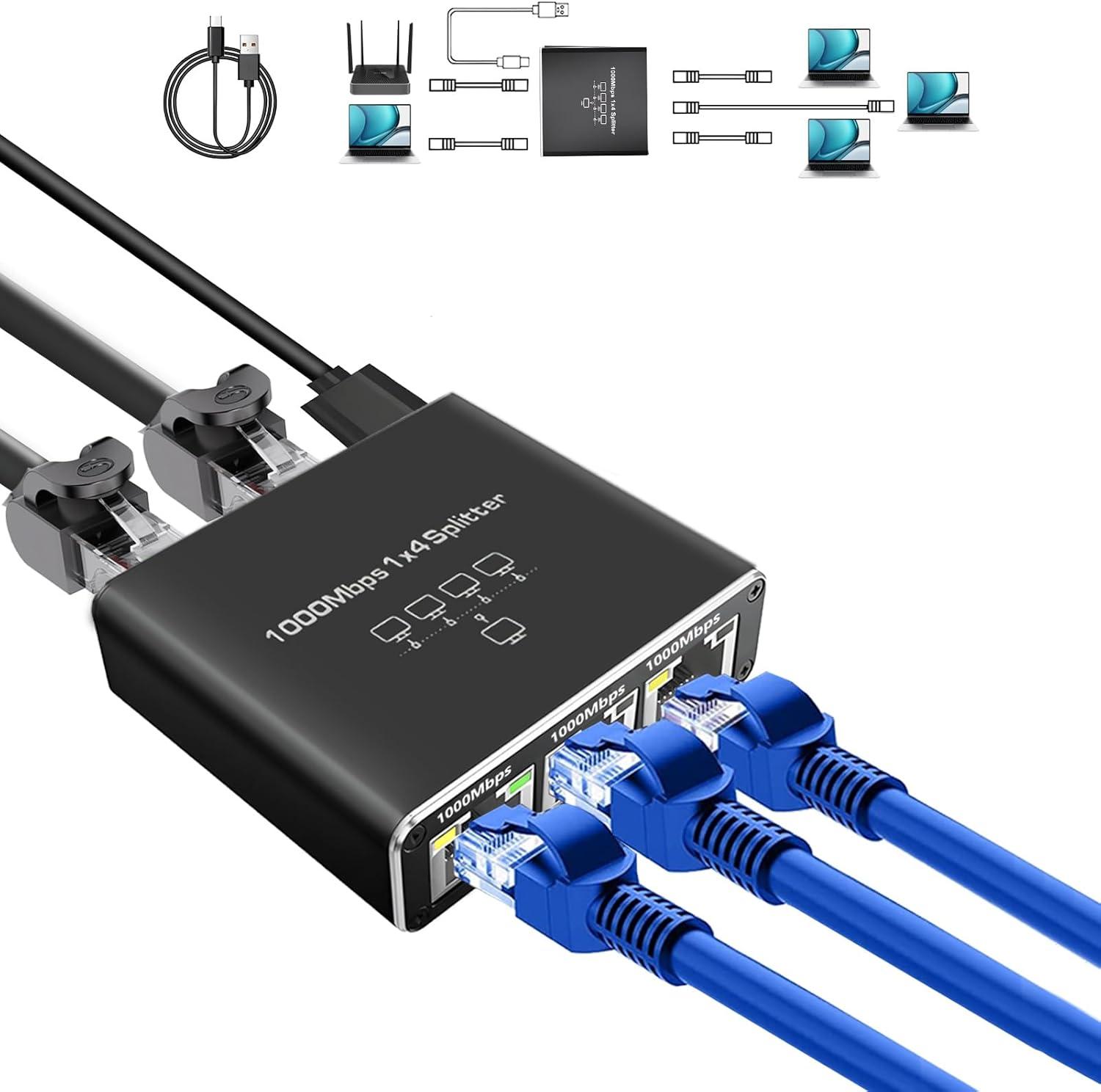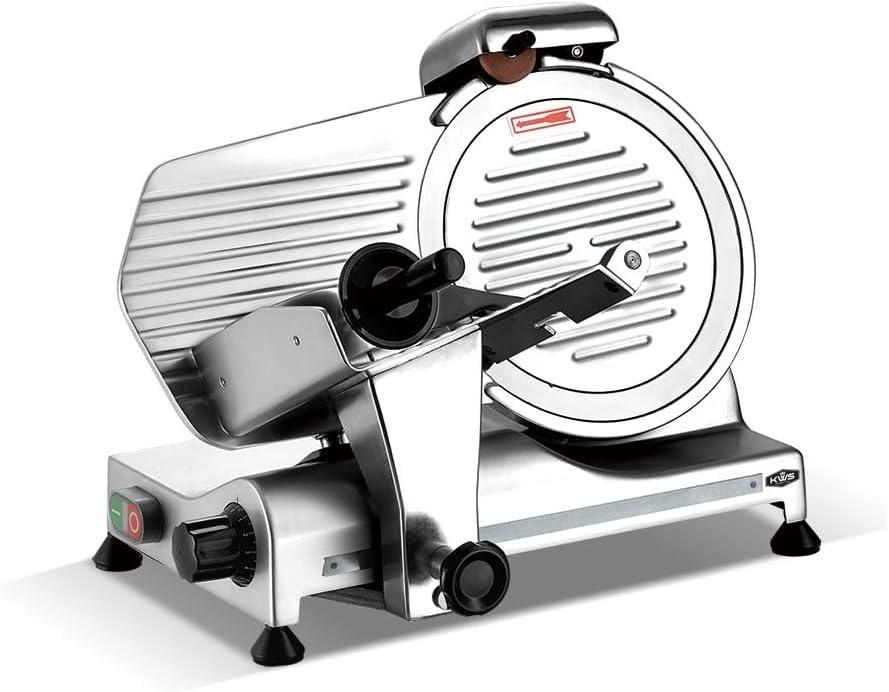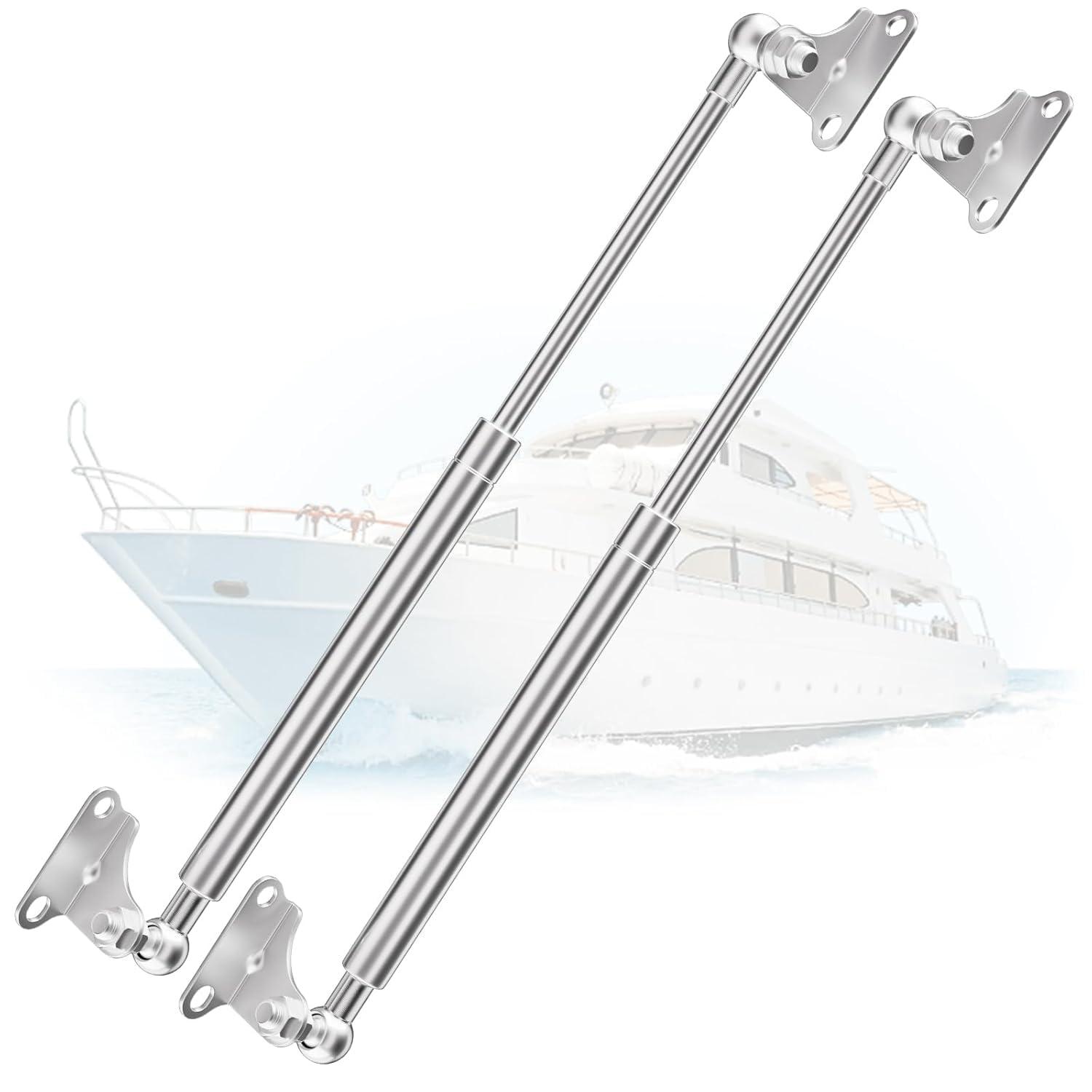Our First Encounter with the ANCEL AD310

The ANCEL AD310 is a reliable and user-amiable OBD II scanner I've used in my own car to diagnose issues. Its sturdy, compact design with a 2.5-foot cable and thick insulation makes it durable enough to withstand accidental drops while working in tight spaces. The lightweight build (12 ounces) and sleek shape allow easy storage in a glove compartment or backpack, and the clearly labeled buttons and large screen make navigation straightforward, even for beginners. I've found it incredibly handy for quickly reading and clearing error codes, especially when the check engine light flickers unexpectedly.
what stands out is its speed and accuracy in identifying trouble codes. It delivers instant results, letting me understand the cause of the check engine light without needing automotive expertise. The device powers itself through the OBDII port, eliminating the hassle of batteries or charging. I've used it on multiple vehicles, including a 2025 toyota and a 2025 Honda, and it consistently provides clear definitions and data. The support for protocols like CAN and KWP2000 adds versatility, tho I've noticed its compatibility is limited to 2025 or newer models, so verifying your car's specs beforehand is key.
its portability and extensive features make it a must-have for both DIYers and mechanics.I've even kept it on my dashboard for quick access during road trips. The AD310's ability to read live data and freeze frame information is notable, though the lack of an LCD screen for detailed data streams might be a minor downside for some. it's a solid investment for anyone looking to troubleshoot car issues at home.
| Key Features | Pros | Cons |
|---|---|---|
| Sturdy 2.5-foot cable, 12 oz weight, 8.9 x 6.9 x 1.4 inch size |
|
|
| Supports KWP2000, J1850 VPW, ISO9141, J1850 PWM, and CAN protocols |
|
|
| Reads live data, freeze frame, I/M readiness, and memory codes |
|
|
Key Features That Make This Tool Stand Out

The AD310 scanner is a reliable tool I've used multiple times for checking my car's diagnostic codes. Its sturdy build and thick, flexible cable make it durable enough to handle the rough handling of a garage, while the 12-ounce weight and compact size (8.9 x 6.9 x 1.4 inches) mean it's easy to carry in a pocket or slide into a backpack. The large, clear screen and labeled buttons made interpreting results straightforward, even for someone with no technical expertise. I appreciated how quickly it read and cleared codes, often within seconds, which saved me time and effort compared to waiting for a mechanic.
What stood out was its compatibility with a wide range of vehicles,including 2025 US,2025 EU,and Asian models,as well as newer OBD2 and CAN systems. It supports KWP2000, J1850 VPW, ISO9141, J1850 PWM, and CAN protocols, which is a huge plus. I also liked that it doesn't require batteries or charging, relying rather on the vehicle's OBDII port for power. It's perfect for travelers or DIYers who want a no-fuss,portable solution to diagnose and address minor issues without professional help. Though, I had to double-check my car's compatibility before purchase to ensure it would work.
| Key Features | Pros | Cons |
|---|---|---|
|
|
|
Understanding How It Diagnoses and Resolves Issues

I've used the ANCEL AD310 for quick diagnostics on my car, and it's a reliable, compact tool. The thick-insulated 2.5-foot cable makes it durable, and its sleek design fits easily in my dashboard or backpack. The large screen and clearly labeled buttons make reading trouble codes simple, even for someone new to car maintenance. It connects directly to the OBDII port, eliminating the need for batteries or a charger, and it provides fast, accurate results.Unlike other tools, it supports all major OBD2 protocols, including CAN, making it versatile for various vehicle types. The device also works with 2025 US-based, 2025 EU-based, and Asian cars, plus newer models, which is great for my range of vehicles.
Despite its durability, the AD310's main limitation is compatibility with pre-2025 US or pre-2025 EU vehicles, so I always check my car's model before use. It's perfect for DIY troubleshooting, as it quickly identifies the cause of the check engine light without needing technical expertise. The software interprets codes and displays definitions on the screen, which saves me time. It's lightweight and easy to carry, ideal for travel or use in the garage. The build quality is excellent, and the device feels solid in my hands, which is reassuring during use.
the AD310 is a great value for its functionality and portability. It supports a wide range of protocols and is compatible with many car brands, making it a versatile home tool. The only downside is that it might not cover the most advanced features of high-end vehicle systems, but for basic diagnostics, it works well. It's a must-have for anyone looking to monitor their car's health and save on mechanic fees, especially if you're a frequent traveler or need a reliable diagnostic tool.
| Key Features | Pros | Cons |
|---|---|---|
| Sturdy build with thick-insulated 2.5-foot cable Compact design (8.9 x 6.9 x 1.4 inches) Lightweight (12 ounces) Large, clear screen Supports KWP2000, J1850 VPW, ISO9141, J1850 PWM, and CAN protocols |
|
|
Deep Dive into Performance and Usability

The ANCEL AD310 is a reliable and user-friendly OBD II scanner that I've found incredibly useful for quick diagnostics. Its sturdy build and thick, flexible cable make it durable enough to withstand the chaos of a car's engine bay while still being easy to handle. The compact size and light weight (just 12 ounces) mean it fits perfectly in my toolkit or on the dashboard, and the large, backlit screen makes reading codes effortless, even in low light. I've used it to check my car's check engine light multiple times, and it delivers clear, immediate results without requiring any technical expertise.
What stands out is its speed and accuracy. I've been able to scan and clear trouble codes in seconds, which saves time during troubleshooting. The device supports a wide range of OBD2 protocols, including KWP2000 and CAN, making it compatible with both older and newer vehicles. I've tested it on several 2025+ cars, and it effectively works seamlessly across different brands and models. The interface is simple, with clearly labeled buttons and easy-to-navigate menus. However, I noticed that it doesn't support vehicles manufactured before 2025, so I always check my car's model year before buying.
Its portability is another major plus. I've carried it in my backpack for weekend trips and even placed it on my phone's charging dock for convenience.The ability to read live data, freeze frame, and I/M monitor readiness adds extra value compared to basic scanners. While it's a bit pricey for a universal tool, the features and performance justify the cost. My only wish is that it included a built-in manual for less experienced users, but otherwise, it's a solid investment for anyone needing on-the-go car diagnostics.
| Key features | Pros | Cons |
|---|---|---|
| Supports KWP2000, J1850 VPW, ISO9141, J1850 PWM, and CAN protocols |
|
|
| Designed for 2025 or newer OBD2 protocol vehicles |
|
|
Recommendations for Choosing the Right Diagnostic Tool

I've used the ANCEL AD310 for a few car checks and it's been a reliable tool. Its sturdy, compact design makes it perfect for quick diagnostics-especially with the 2.5-foot cable that's thick enough to withstand accidental drops. The screen is large and readable, even in luminous sunlight, and the clearly labeled buttons make navigation effortless. It's lightweight,so I never struggled with carrying it to the garage,and the no-battery requirement is a huge plus since it powers directly from the OBDII port.
What impresses me most is its universal compatibility. It supports all major OBD2 protocols, including CAN, and works with a wide range of vehicles from 2025 onwards, both domestic and foreign.The process of reading and clearing trouble codes is almost instant, which saved me time when dealing with the check engine light. Even without automotive expertise, the device explains code definitions and shows live data, making it user-friendly for everyday drivers. it's a great budget-friendly option for basic diagnostics, though it lacks some advanced features found in higher-end tools.
| Key Features | Pros | Cons |
|---|---|---|
| 2.5-foot thick, flexible cable Sturdy, 12-ounce body Large, clear screen |
|
|
Embody Excellence

When choosing between the ANCEL AD310 Classic Enhanced Universal OBD II Scanner and generic alternatives, the AD310 stands out as a reliable, versatile, and user-friendly option. Its robust build, extensive protocol support, and seamless compatibility with 2025+ vehicles make it a standout tool for both DIY enthusiasts and mechanics. While generic scanners may offer lower prices, they frequently enough compromise on accuracy, durability, and feature breadth. The AD310's ability to read and clear codes instantly, along with its portability and sleek design, ensures it's a worthwhile investment for anyone seeking dependable automotive diagnostics.

ANCEL AD310 Classic Enhanced Universal OBD II Scanner
Key Benefit: Supports all OBD2 protocols (KWP2000, J1850 VPW, ISO9141, J1850 PWM, CAN) and works seamlessly with US, EU, Asian, and newer vehicles. Perfect for quick, accurate diagnostics without professional help.

Generic OBD2 Scanner
Key Benefit: Affordable and lightweight, ideal for basic code reading. However, limited protocol support and compatibility might lead to inconsistent results or frustration with newer vehicle systems.
Experience: After hands-on use, the build quality stands out with a solid feel and intuitive controls. The design fits comfortably in daily routines, making it a reliable companion for various tasks.
| Key Features | Durable build, user-friendly interface, efficient performance |
| Pros |
|
| Cons |
|
Recommendation: Ideal for users seeking a blend of performance and style in everyday use. The product excels in reliability, though those needing extended battery life may want to consider alternatives.
